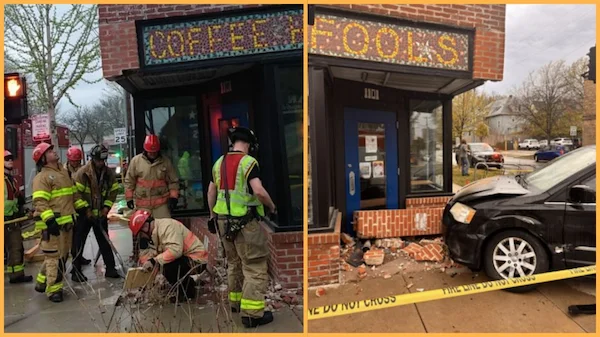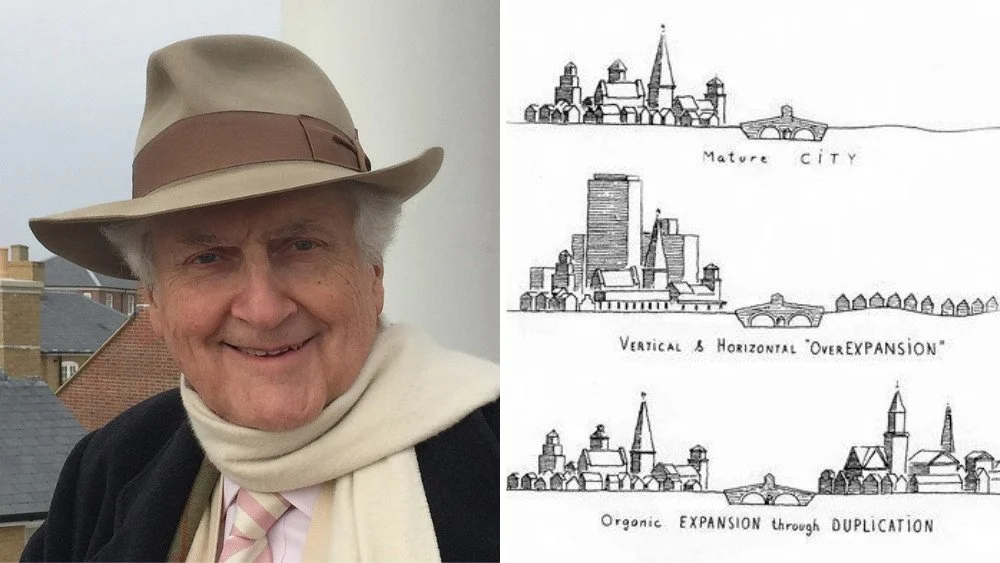Editor's Note: The challenges our cities face are growing, but so is the strength of this movement. Every story we share, every idea we spread, and every tool we build exists because people like you are committed to showing up. Your membership isn’t passive—it’s the momentum that makes change possible.
Quartier Vauban in Freiberg, Germany seems to be everything that planned neighborhoods in North America are not. Compact. Supportive of walking and biking. And green. Not only does the neighborhood, which houses some five and a half thousand people, enjoy the distinction of one of the lowest rates of car ownership and highest percentages of passive-energy housing in Europe, much of the quarter’s streets are essentially “car-free.” Automobile owners even pay the construction costs of the parking garage spot (about 17,000 euros) where they are required to store their vehicles. But what’s most notable is not simply the successes of the development, but the process that participants used to get there.
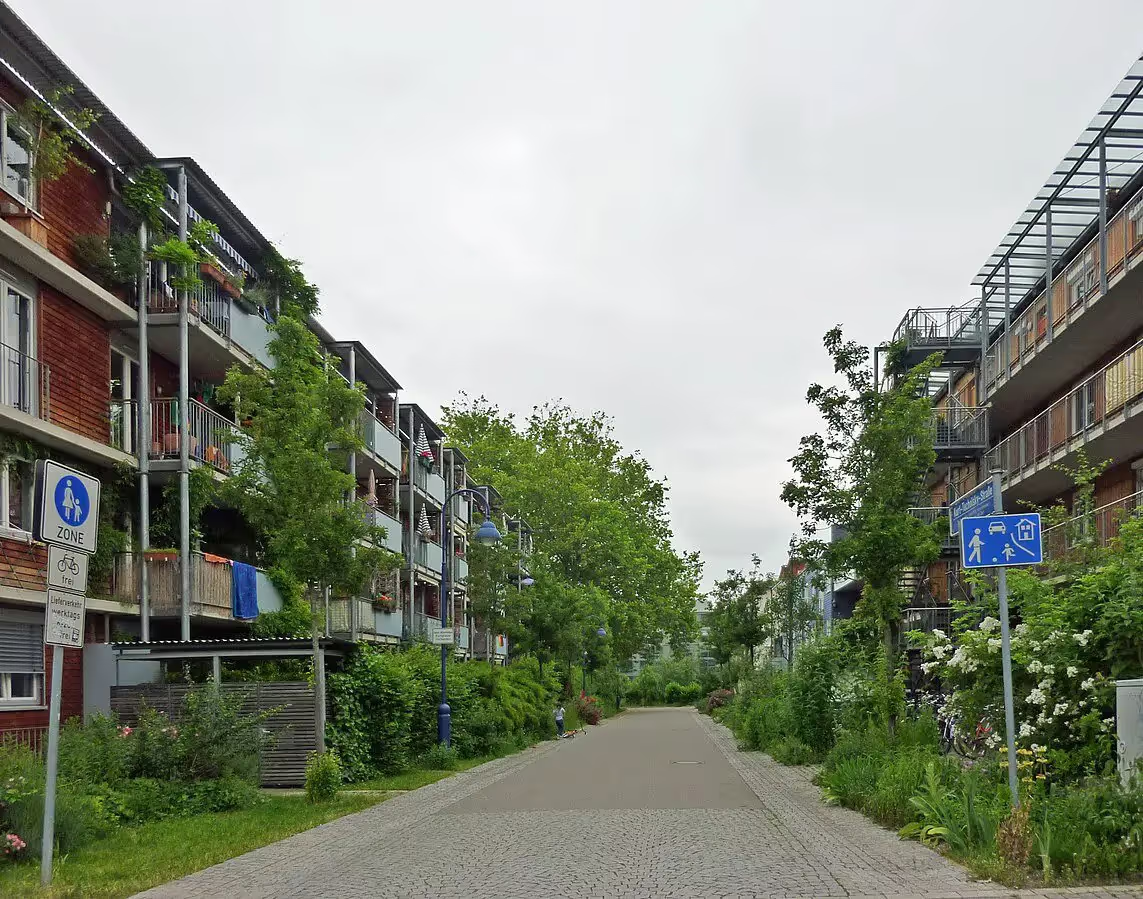
Efforts to build similarly walkable, compact, and sustainable housing in North America are generally top-down and developer-driven affairs. And their record is mixed at best. Residents in the “New Urbanist” development in Stapleton, Colorado actually drive more and walk or bike less than people in surrounding neighborhoods. No doubt there are partial success stories, like Orenco Station in Portland, whose residents walk and socialize more than other neighborhoods. But the overall pattern for alternative urban development in North America is one where grand plans for less auto-centric and more sustainable places never really get implemented.
Planning scholar Jill Grant describes many less-than-successful cases in her book Planning the Good Community. One she critiques at length is MacKenzie Towne, near Calgary, Alberta, which became increasingly suburban as the developer sought to move more units. The Blatchford development two hours to the north in Edmonton has been little different, with many of its radical features getting “watered down” as initial design plans became reality. While some mixture of uses and a district energy system have been retained, it has been at the cost of significant delays, millions in taxpayer subsidy and unit prices starting at a half of a million dollars. It seems that urban innovation, at least in North America, is either laggard or incredibly expensive.
The development of Vauban bucked this trend. Energy-use requirements for new housing became more stringent over time, not less. And its walkability-enhancing design features are quite radical, even by European standards. But it was not exactly the product of the same organic, gradual, and bottom-up growth pattern behind the compact, mixed-use, and walkable neighborhoods that make up the central cities of Europe.
Traditional incremental development remains stymied by a number of barriers. Developers enjoy greater economy-of-scale benefits when they build hundreds of units all at once; zoning and minimum parking requirements all but outlaw “missing middle” housing; and the culture of planning itself frames reimaging the urban fabric as a task best left to expert designers. All these factors bias development toward top-down approaches, dominated by large construction firms and local planning offices. How did the people behind Quartier Vauban counter this bias?
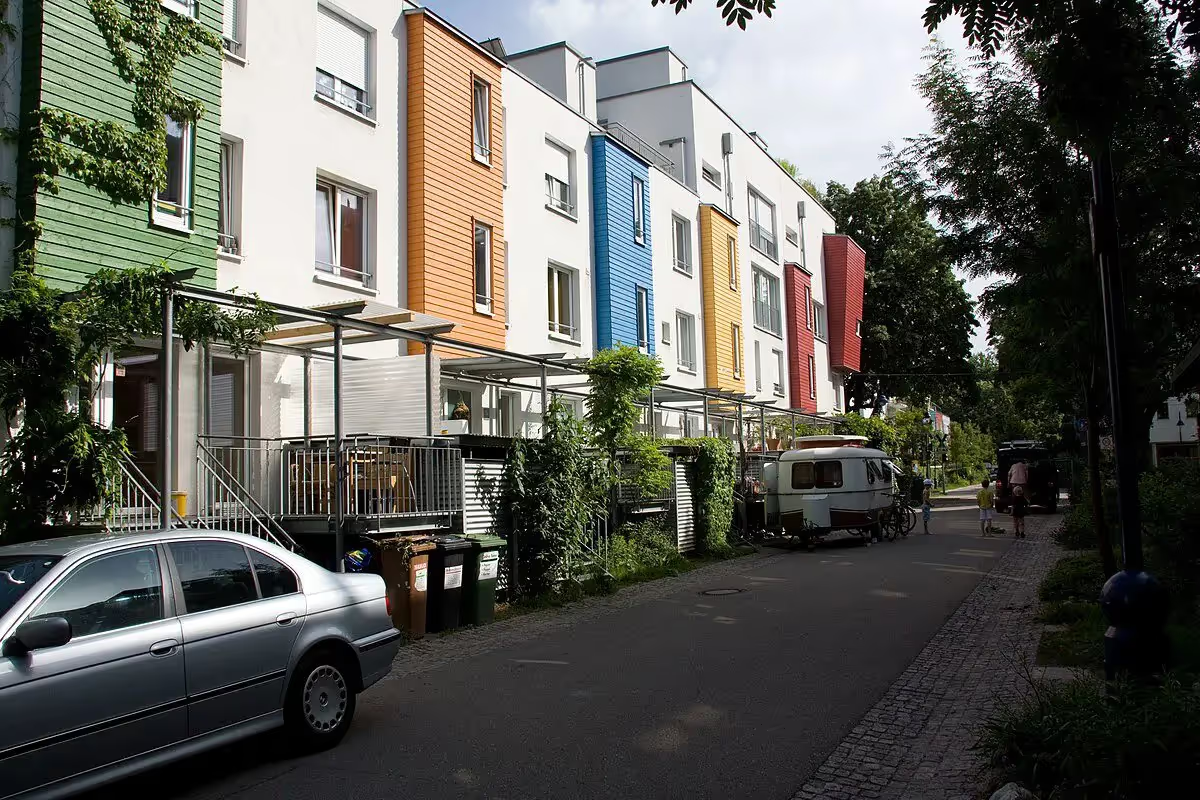
Vauban started off as a military base in 1936. When the troops left in 1992, the site sat vacant for years until it was acquired by the city council. While official responsibility for overall design of the neighborhood fell to the local planning office, a citizens group—the Forum Vauban—was integrated into the process of developing a masterplan.
As a result, the planning process for Quartier Vauban was far more inclusive than is the case for other large developments, though not without a few hiccups. Forum members felt that they had to “fight” planners to get them to take their suggestions seriously. But mediation processes helped realize compromises between the two. While many New Urbanist neighborhoods have been designed through quasi-public “charrettes,” the power to decide generally remained in the hands of those at the top. Power was formally decentralized for the case of Quartier Vauban: the Forum Vauban citizens group was legally recognized as a planning body for the site.
But the fact that the process for developing a masterplan was made considerably more democratic through the existence of the Forum Vauban doesn’t completely explain the development’s success. What made the difference is that Germany supports a third pathway for building housing. In the United States, most home buyers have one of two options if they want a new home. Either they buy a unit in a suburban “community,” or they opt for a condo in an urban high-rise that a developer, past or present, decided was what the “market wanted”—a divination inevitably colored by whatever they thought was most expedient, profitable, and least encumbered by regulatory red tape at the time. Or, if the person is affluent enough, they hire someone to design them a “dream home.”
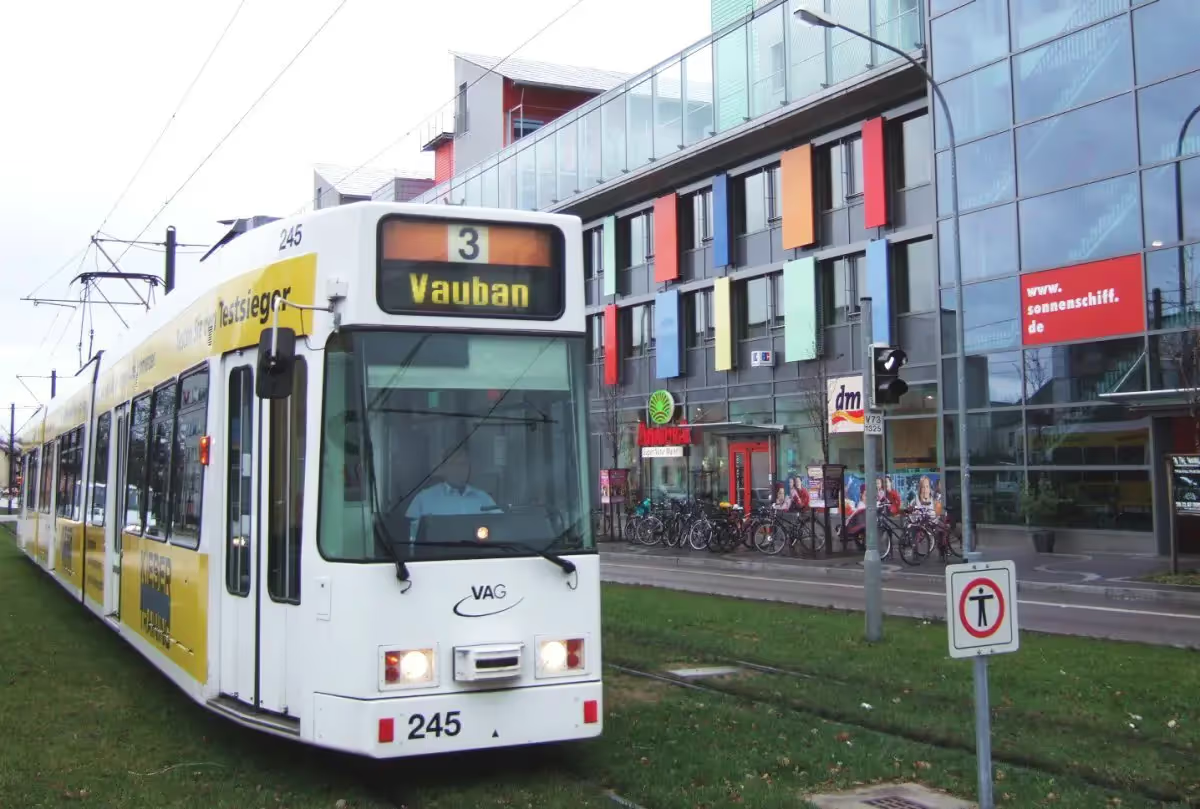
The third pathway in Germany is to join a Baugruppen, or “building cooperative.” Baugruppen allow groups of ordinary people to come together to design and build their future apartments. German building cooperatives are publicly supported and prioritized entities. Many German cities designate a portion of their vacant land for Baugruppen development, cut them deals on taxes and land, and fund agencies to help groups of citizens connect with architects and construction firms, guiding them through the processes that private developers would have otherwise taken care of.
When the time arrived to make the neighborhood’s plan into reality, the site was split into small parcels, with sixty percent of them being sold to building cooperatives. Removing the traditional intermediaries of private developers and real estate agents not only eliminated some of the stodgy commitment to old ideas but also lowered costs—up to 30 percent for some buildings.
Carving the site up like this opened it up for incremental development. With relatively small plots and a diversity of owners, it was nearly impossible for anyone to build coarse-grained blocks of condos. Nor was there an incentive to building luxury units or McMansions. And diversifying ownership reduced pressure to develop the site as soon as possible. Instead, building cooperatives were freer to experiment, given that the costs of one particular cooperative getting something wrong was far less than if a developer made the same mistake across a thousand units. The Forum Vauban also offered a venue for members of different Baugruppen members to talk to one another and share knowledge and experiences.

The planning office embraced this incremental process, calling the approach “Learning while Planning.” Feedback from Baugruppen and private developers was used to set guidelines for subsequent phases of development through restrictions on sale contracts. Initial support for passive energy design, for instance, was fairly tepid, but as the first efforts proved successful, other building cooperatives opted for passive house design, and city planners prioritized it through increasingly stringent energy standards.
There is even more to the story of Vauban. Those involved ingeniously sidestepped parking requirements by setting aside “virtual” parking lots in local greenspace. That is, car-free residents paid the cost, around four thousand euros, to keep a parking space’s land area undeveloped. Officials were put at ease knowing that more parking could be built later if residents happened to re-embrace automobility, but in the meantime such land has been used for pickup soccer and community barbecues.
While is it still a desirable goal to make urban planning more incremental and more decentralized, Quartier Vauban’s development approach offers us promising path to get there, an incremental step toward incrementalism. Even though it was a planned community, future residents not only shaped the masterplan but also had considerable freedom to tinker and experiment with their own buildings. Overcoming the modernist belief in rigidly codifying urban development won’t happen overnight, and it won’t happen simply because writers on this site present logically sound arguments for the need to do so. People have to learn to trust incremental development processes, which most reliably comes from seeing it work first-hand. Vauban’s citizen-led, Baugruppen-based approach offers us a model for doing so.




